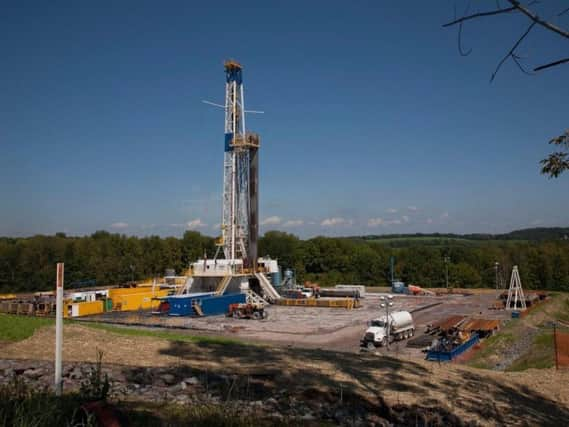Major risks in shale chase


Whilst David is right to point out that the geology around Clitheroe is not suitable for fracking as the Bowland Shales are too close to the surface, it is also clear that there are some commercial prospects on the southern edge of district in the area around Simonstone where the Bowland shale is deep enough for gas to have formed and of sufficient thickness to contain gas in quantities to make them commercially viable.
This is shown on the British Geological Survey report of the shale gas basins of Northern England www.gov.uk/government/publications/bowland-shale-gas-studyWhilst this is quite a technical report for non-geologists to engage with, it clearly shows commercial prospects around the southern and western edges of the Ribble Valley district on the map in figures 40 and 41.
There are two main challenges with fracking.
Advertisement
Hide AdAdvertisement
Hide AdThe first is that in order to extract the gas from what is an essentially impermeable rock (one which will not allow a fluid to pass through it) the shale needs to be fractured.
This is achieved by injecting water and other chemicals at high pressure into the wells.
This poses difficulties as wells can fail and these solutions can be injected into the aquifers which feed springs and boreholes.
Whilst this is unlikely to enter the water supply for human consumption, as this will be highly monitored, it could still pollute local water courses and store up problems for future generations.
Advertisement
Hide AdAdvertisement
Hide AdThe second problem is that the highly faulted Bowland shale is likely to be susceptible to minor earthquakes which can cause damage to buildings and infrastructure.
When the water is injected into the wells it flows into lines of weaknesses.
These ancient faults which formed when the rocks were under stress in the past are such lines of weakness and the pressurised water can reactivate the faults which then move, causing relatively small earthquakes.
Whilst the magnitude of these earthquakes is small the fact that they are relatively close to the surface (often 2-6 km) means that they are liable to cause minor damage.
Advertisement
Hide AdAdvertisement
Hide AdThis can occur in conventional oil and gas recovery, but earthquakes are much more likely to occur in the extraction of gas from shales because of the need to break up the rock using high pressure water.
It is clear that Ribble Valley doesn’t exist in a bubble and that the man-made boundaries which define it are essentially meaningless.
To those who live here the exploration and extraction of shale gas in east Lancashire will have an impact on the residents of the area and these impacts should not be taken lightly in pursuit of hydrocarbons and profit.
Dave Mellor
Clitheroe